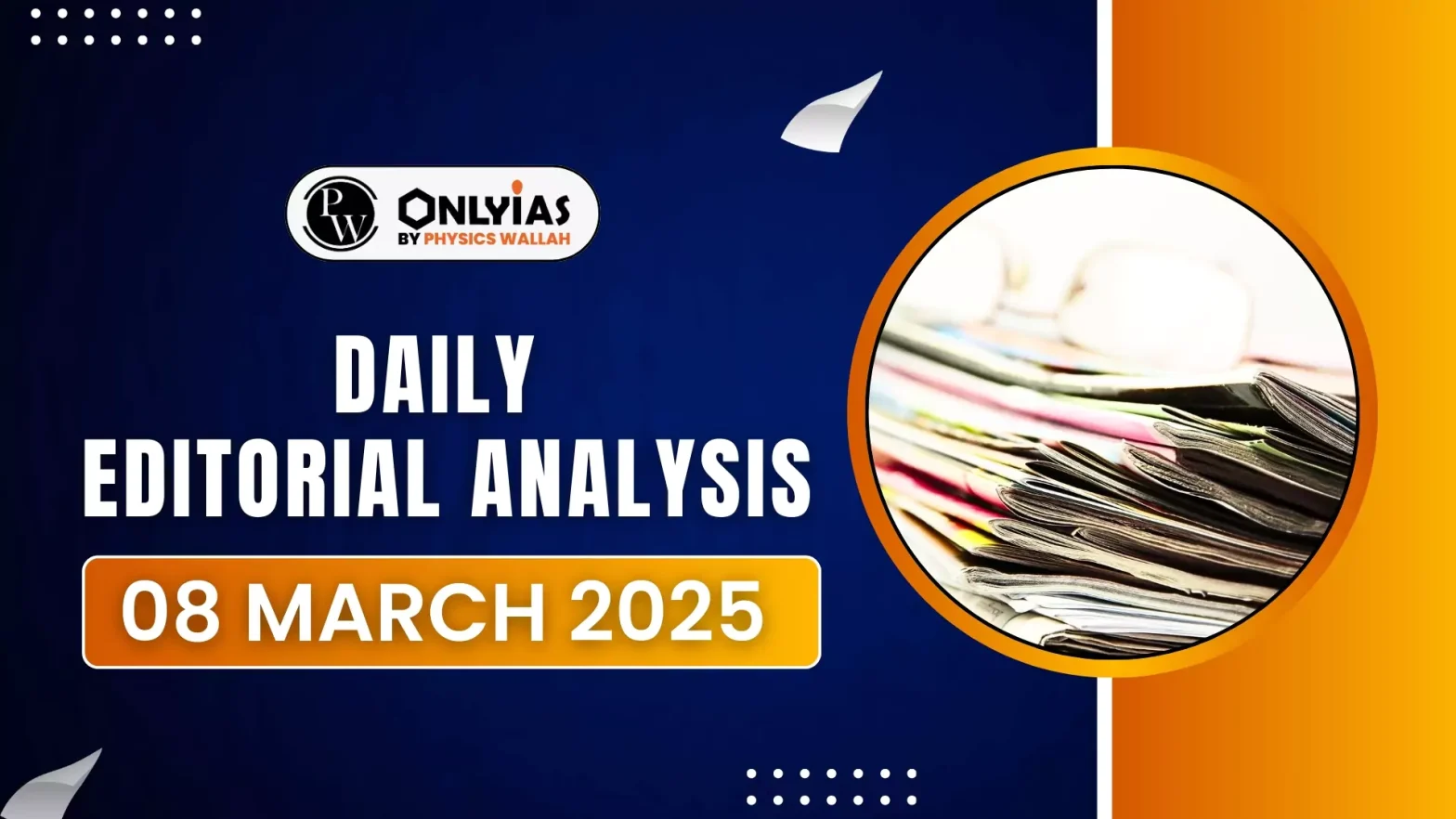![]() 8 Mar 2025
8 Mar 2025

The Economic Survey 2024-25 emphasizes that sustained growth requires both economic reforms and human capital investment, with a strong focus on education and healthcare
Growth driven by deregulation and private investment must be supported by strong human capital. Investment in education and healthcare is critical to sustaining economic momentum. States should be incentivized to increase spending in these crucial sectors.
| Mains Practice Question |
|---|

<div class="new-fform">
</div>